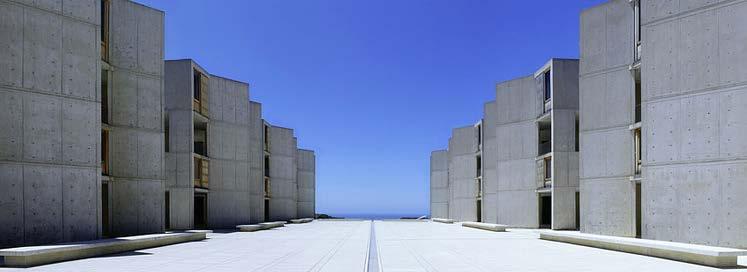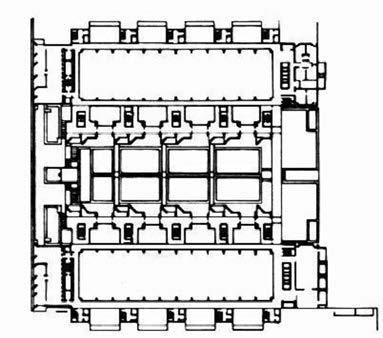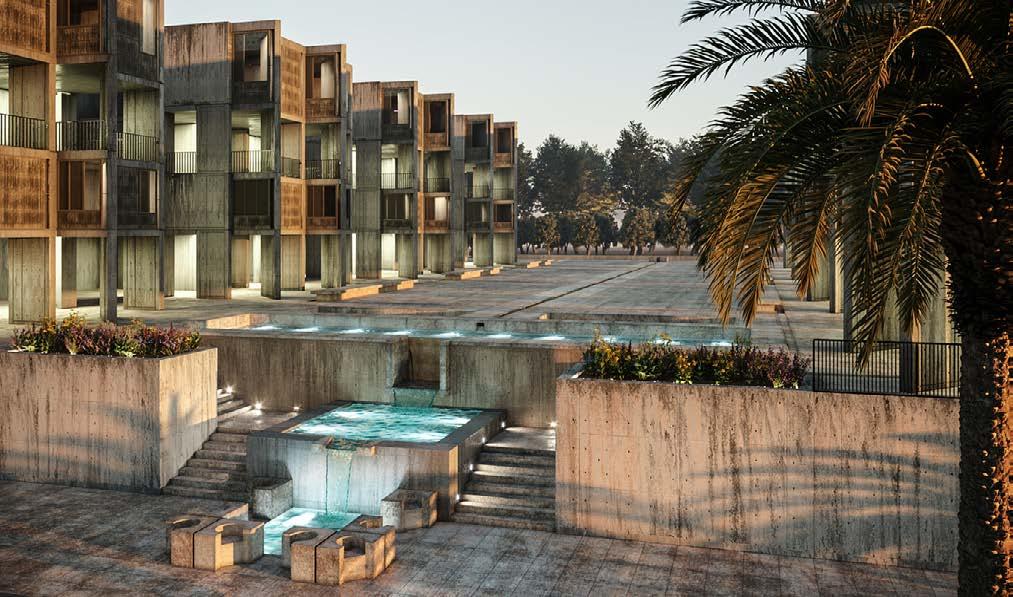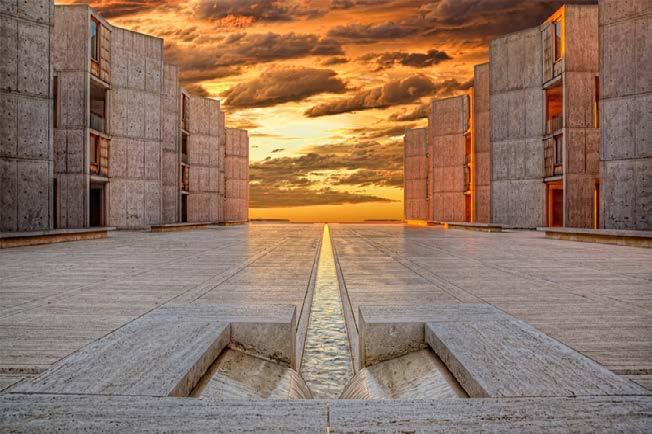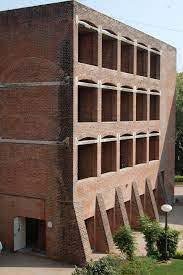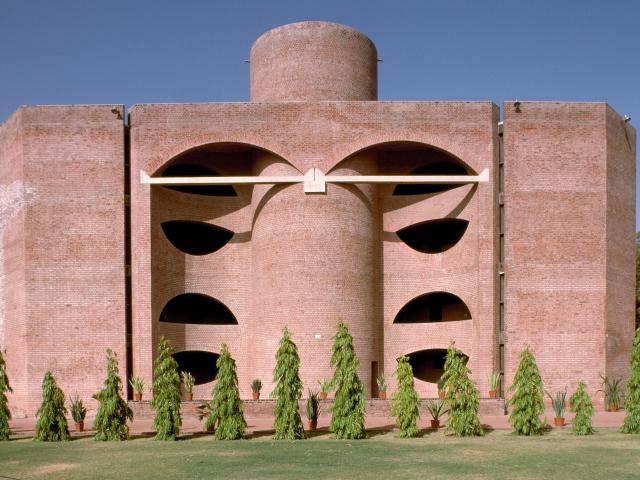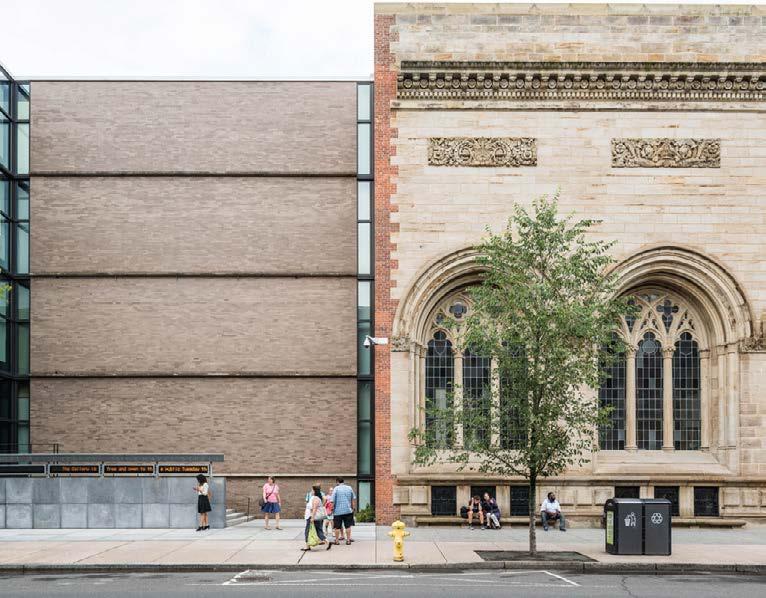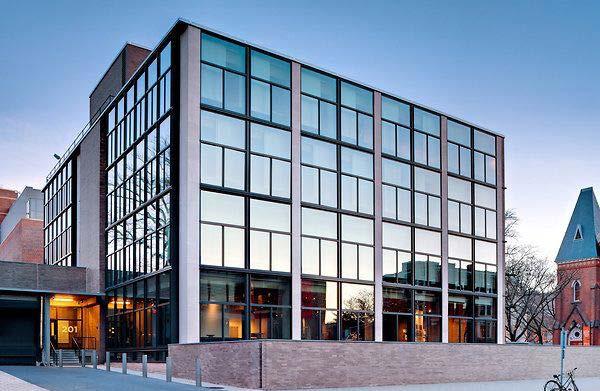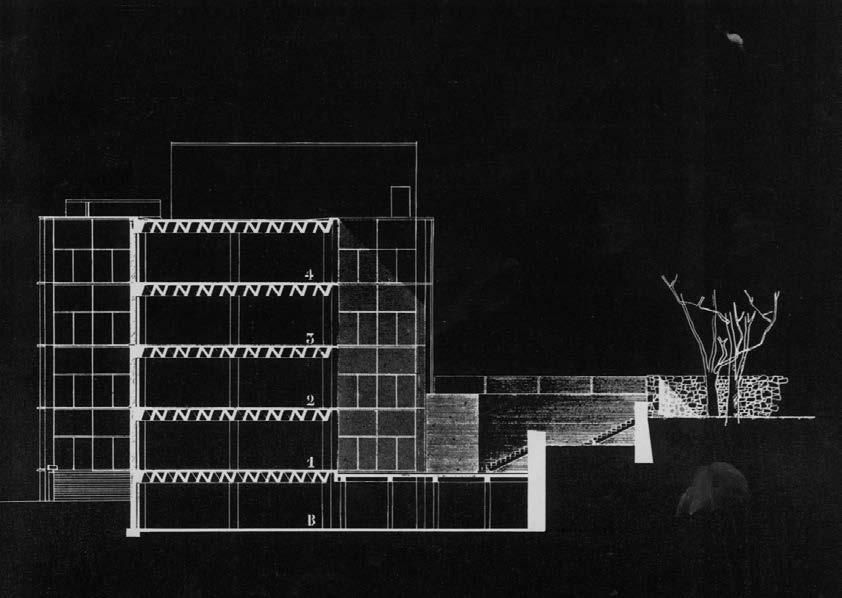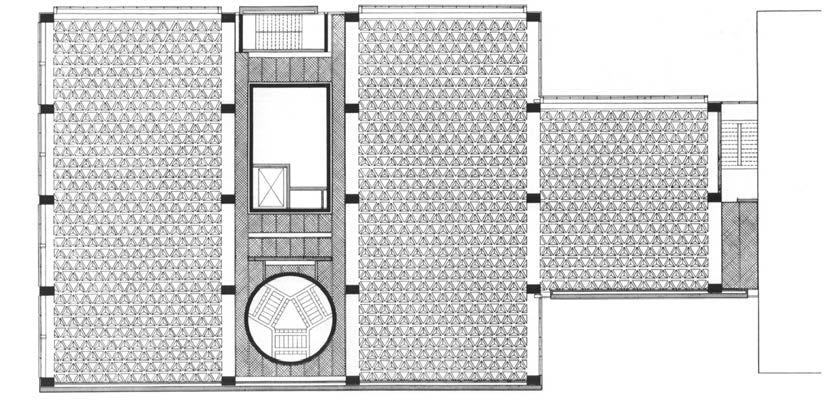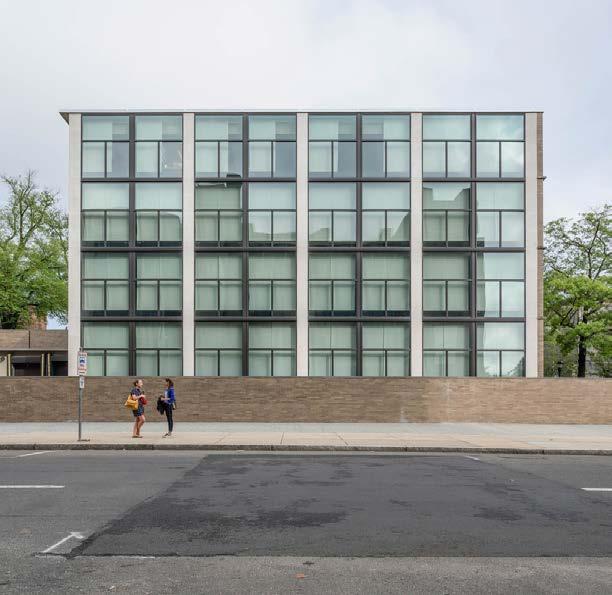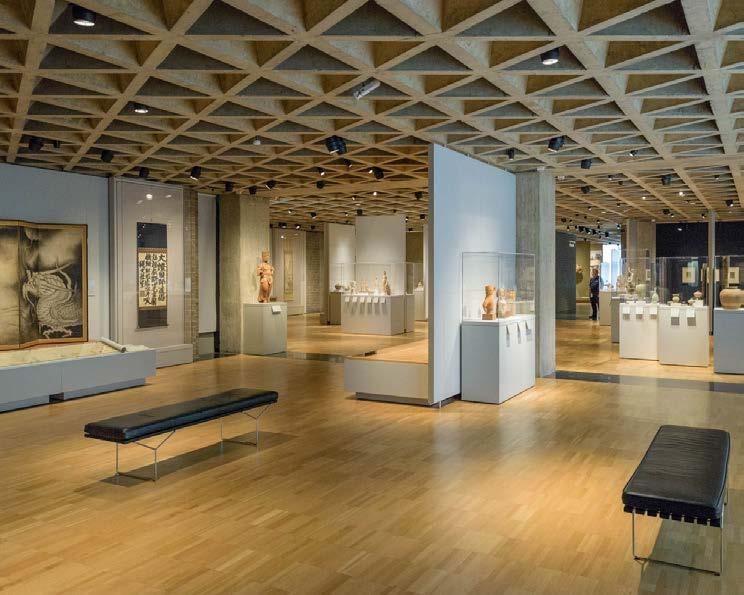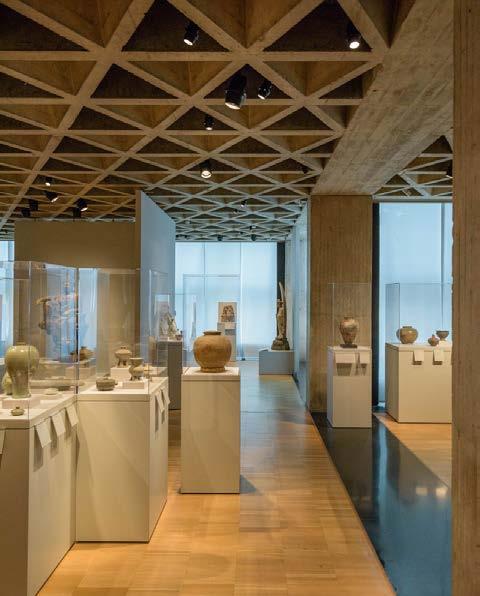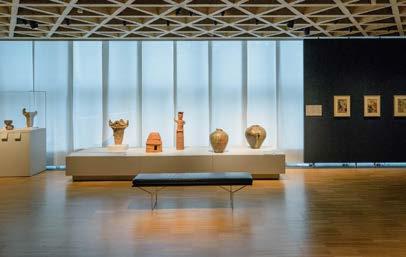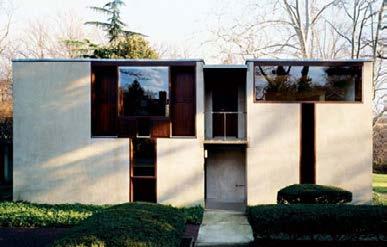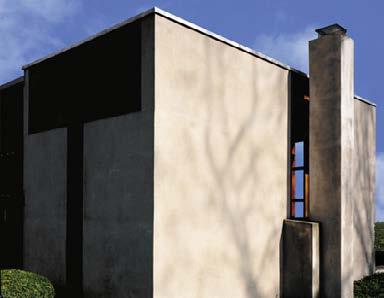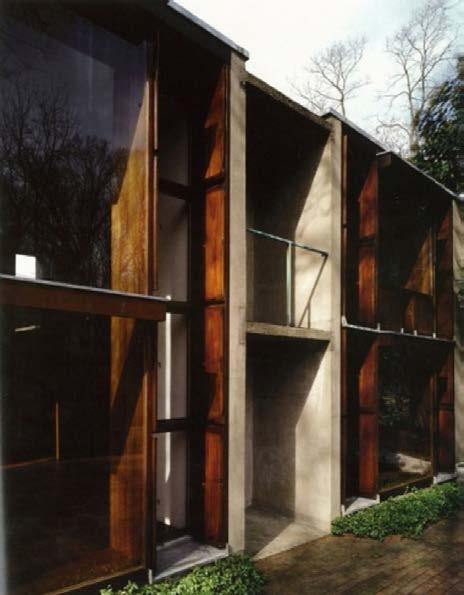''Even A Brick Wants To Be Something''
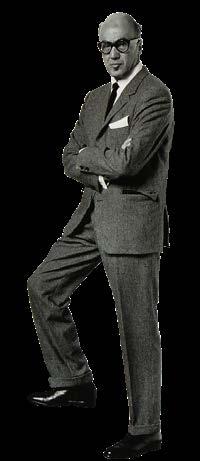
K A H N
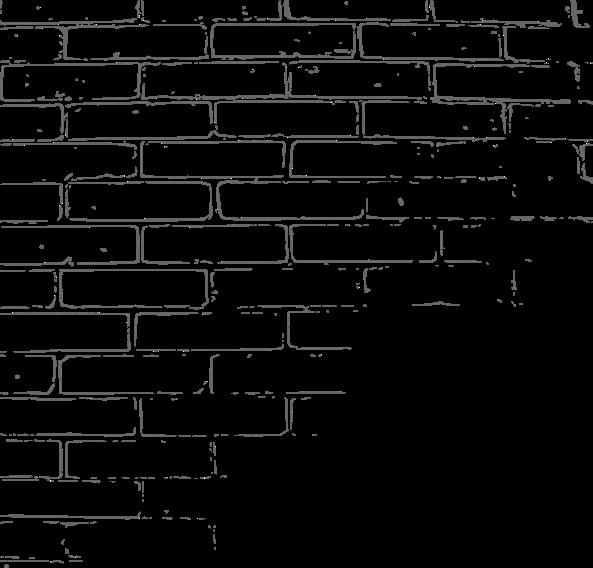
LOUIS
Louis I. Kahn is widely considered one of the great architects of the twentieth century, yet he has few buildings to his name. Like any great artist, Kahn's influence has never been measured by the number of projects completed but by the value of his designs.
Background
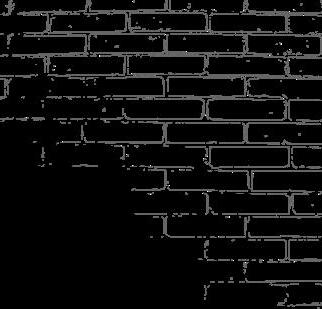
Born: February 20, 1901, in Kuressaare, in Estonia, on Saaremmaa Island Died: March 17, 1974, in New York, N.Y.
Name at Birth
Born Itze-Leib (or, Leiser-Itze) Schmuilowsky (or, Schmalowski). Kahn's Jewish parents immigrated to the United States in 1906. His name was changed to Louis Isadore Kahn in 1915.
Who Kahn Influenced
. A young Moshe Safdie apprenticed with Kahn in 1963.
. Metabolist Architects
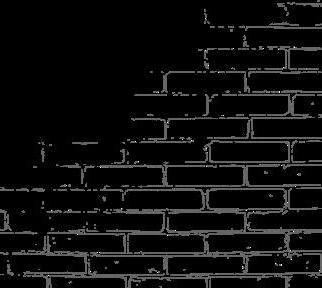
. Master Le Corbusier`

Professional Life
During his training at the Pennsylvania School of Fine Arts, Louis I. Kahn was grounded in the Beaux-Arts approach to architectural design. As a young man, Kahn became fascinated with the heavy, massive architecture of medieval Europe and Great Britain. But, struggling to build his career during the Depression, Kahn became known as a champion of Functionalism.
Louis Kahn built on ideas from the Bauhaus Movement and the International Style to design low-income public housing. Using simple materials like brick and concrete, Kahn arranged building elements to maximize daylight.
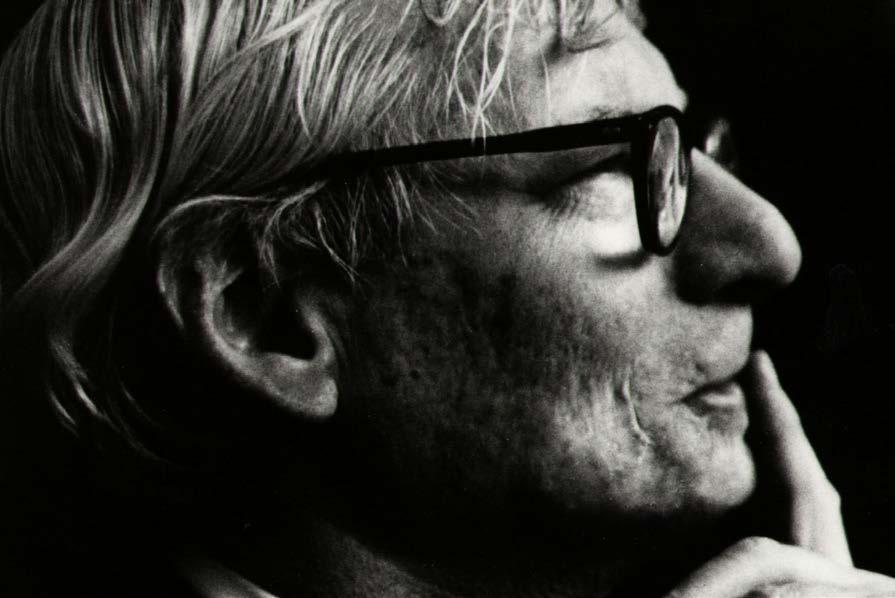
-
TIMELINE - PHILOSOPHY
MATERIAL
LIGHT
NATURE
STRUCTURE
- WORKS SALK INSTITUTE

IIM, AHMEDABAD
YALE UNIVERSITY ARTS GALLERY
ESHERICK HOUSE
NATIONAL ASSEMBLY BUILDING, DHAKA
TABLE OF CONTENTS.... Salk Institute. Image © Liao Yusheng
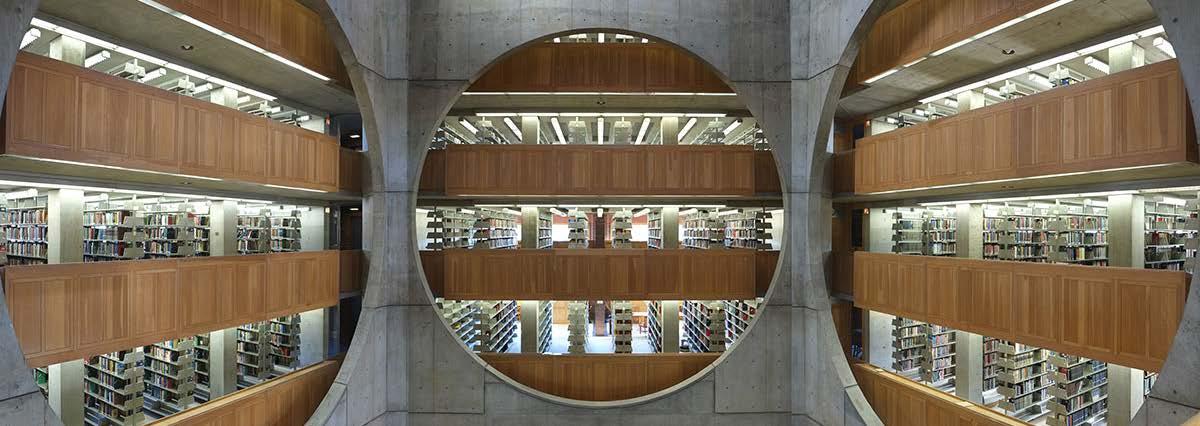

A great building must begin with the unmeasurable, must go through measurable means when it is being designed and in the end must be unmeasurable.
-LOUIS KAHN
Louis Isadore Kahn is born Leiser-itze Schmulowsky in Pernow, Russia (now Parnu, Estonia) to Lieb Schmulowsky (1875–1963) and Beila Mendelewitsch (1876–1949).
T I M E L I N E
Esherick House
Indian Institute of Management
Trenton Bath House
First Unitarian Church
Salk Institute
Yale University Art Gallery (1951–53).
Richards Medical Research Laboratories at the University of Pennsylvania
Norman Fisher House
National Assembly Building
Dominican Motherhouse of St. Catherine de Ricci, Media, Pennsylvania Catherine de Ricci, Media, Pennsylvania
Hurva Synagogue, Jerusalem, Israel (1967–74) and the Library, Philips Exeter Academy (1967–72).
Kahn Korman House, Fort Washington, Pennsylvania
After traveling to Bangladesh, Israel, and India, on his return trip from Ahmedabad to Philadelphia, Kahn dies of a heart attack at Pennsylvania Station, New York, at about 7:30 p.m.
1962
Clever House
Kimbell Art Museum
Palazzo dei Congressi, Venice, Italy
Four Freedoms Park
Point Counterpoint Point Counterpoint II
.
. . . . . . . . . . .
. .
1951 1957 1959 1960 1961 1955 1974 1967 1968 March 17,1974 1966 1965 1971 February 20,1901 .
Louis Kahn’s built works are monuments to the architect himself, testaments of his ability to mesh materials, let in the light, and create astounding structures, all while taking in each site’s natural surroundings, whether they were a leafy Philadelphia neighborhood or the deserts of Gujarat, India. Here, we whittled down the architect’s long list of works to pull out the best of Kahn, from the last house he ever designed to what his son Nathaniel Kahn once described as his father’s greatest building, the National Assembly Building of Bangladesh -one that Kahn never lived to see.
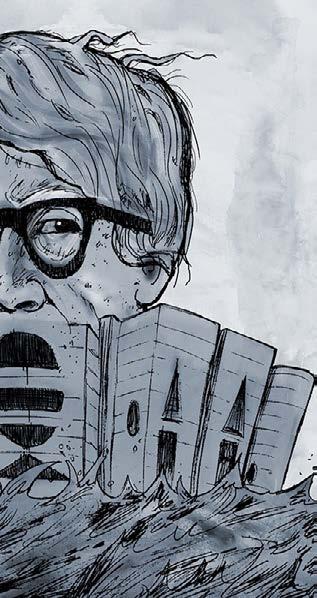
Divided between the four elements the architect was so known for: structure, material, light, and nature.
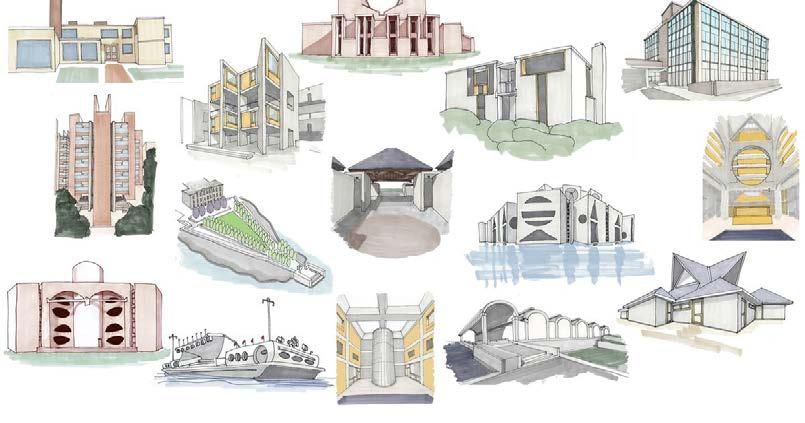
In what is now one of his most famous speeches, Kahn once told a group of students in 1971, “You say to a brick, ‘What do you want, brick?’ And brick says to you, ‘I like an arch.’ And you say to brick, ‘Look, I want one, too, but arches are expensive and can use a concrete lintel.’ And then you say: ‘What do you think of that, brick?’ Brick says: ‘I like an arch.’ And it’s important, you see, that you honor the material that you use.”
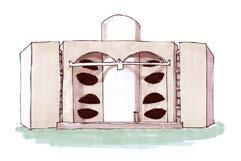
KAHN KORMAN HOUSE
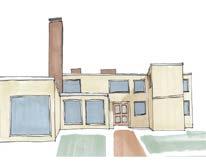
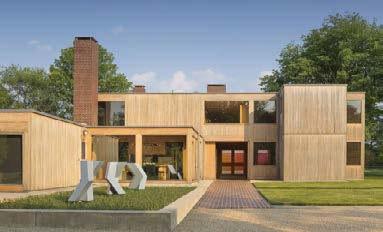
SALK INSTITUTE

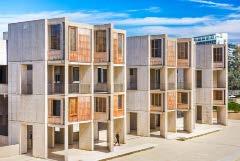
By that point, Kahn had mastered the use of materials in a variety of his built projects, from the University of Pennsylvania’s Richards Medical Laboratories, which was one of the rare modern buildings of the time to use brick, to the concrete and sensitive teak wood of the Salk Institute in California.
IIM, AHMEDABAD RMR LABORATORIES
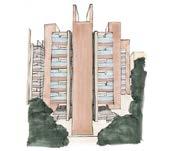
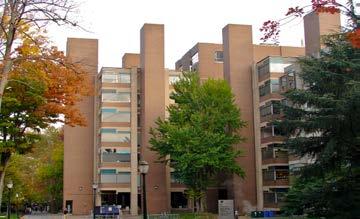
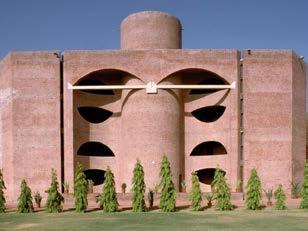
MA TERIALS MA TERIALS
“No space, architecturally,” Kahn once said, “is a space unless it has natural light.” Kahn’s talents as a master choreographer of natural light is evident in all of his projects, but is especially on display at the Esherick House in Philadelphia, the Trenton Bath House in New Jersey, the Yale University Art Gallery, and the First Unitarian Church of Rochester with its light towers.
FIRST UNITARIAN CHURCH
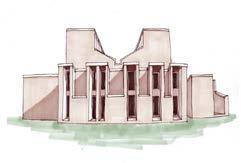
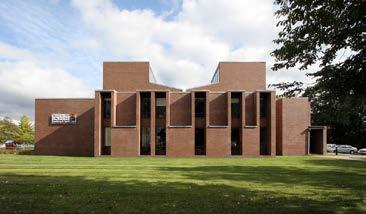
YALE UNIVERSITY


TRENTON BATH HOUSE
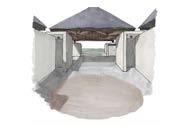
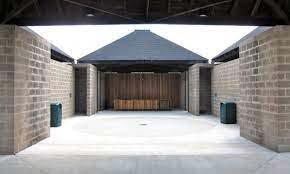
ESHERICK HOUSE
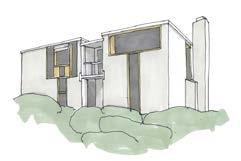

The current owners of the Esherick House in Chestnut Hill, one of Kahn’s most notable residential projects, say that after years of living in their home, they constantly see the house in a new light—literally. That was Kahn’s intention with not only the Esherick House, but all of his designs.
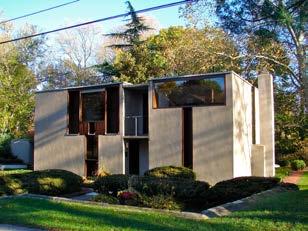
LIGHT
LIGHT
Perhaps the most blunt example, though, is Kahn’s floating performance barge designed for conductor Robert Austin Boudreau in 1964. Though last year, the barge—called the Point Counterpoint II—was at risk of demolition, it has since found a permanent home in Florida. The mobile performance venue has been heralded as having helped the American Wind Symphony Orchestra “make cultural waves on the waterfront,” just as Kahn would have hoped.

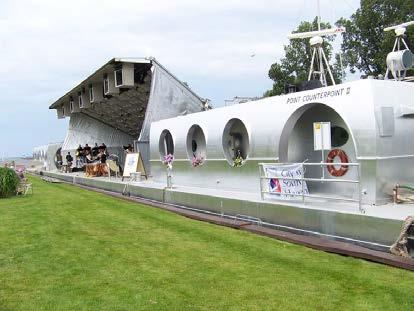
FOUR FREEDOMS PARK POINT COUNTERPOINT II

Kahn was not a landscape architect, unlike his professional and romantic partner and mother of his son Nathaniel, Harriet Pattison. Still, his built projects show his sensitivity to nature, whether it’s at Four Freedoms Park in New York, which was built many decades after his death, or the grounds at the Kahn Korman House in Pennsylvania.
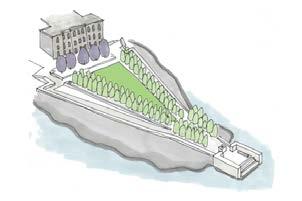
NATURE
NATURE
At the heart of any architect’s work is structure, or what kind of shape a building will take. For Kahn, his projects always started with one idea: the room. “The room is the beginning of architecture,” he said in a 1971 speech. “It is the place of the mind. You in the room with its dimensions, its structure, its light respond to its character, its spiritual aura, recognizing that whatever the human proposes and makes becomes a life.”
NATIONAL ASSEMBLY BUILDING
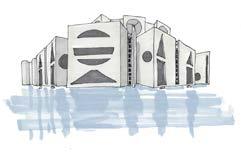
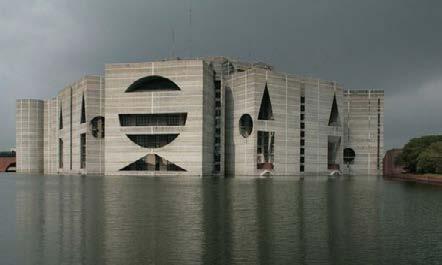
KIMBALL ART MUSEUM

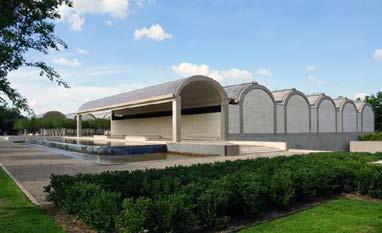
CLEVER HOUSE
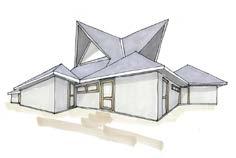

At the Class of 1945 Phillips Academy Exeter Library in New Hampshire, Kahn created a dramatic, 70-foot-tall first floor that is bathed in natural light and features massive circular cut-outs on every level. The innovative structure is meant to make visitors immediately understand the function of the spaces upon entering the library.
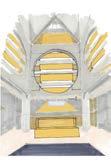
PHILIPS EXETERE

STRUCTURE STRUCTURE
NATIONAL ASSEMBLY BUILDING
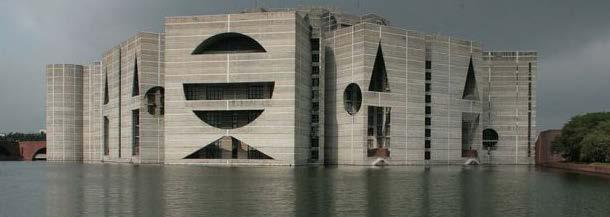


Floor Plan Section





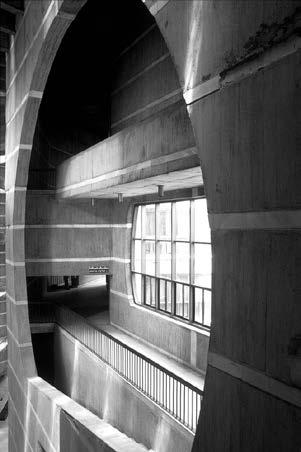
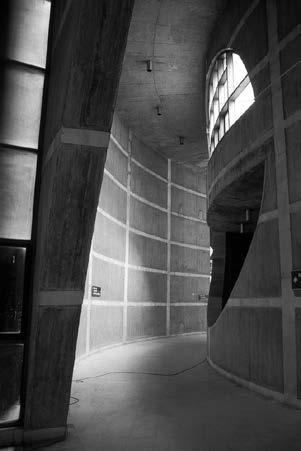

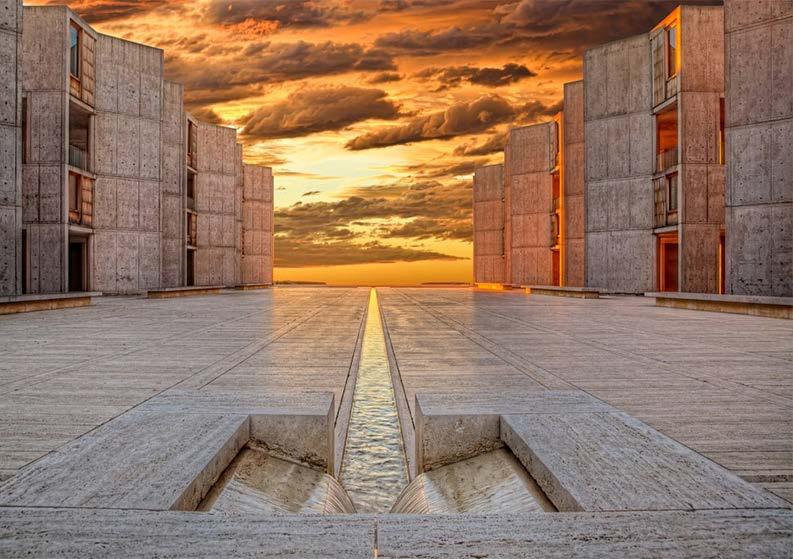
“Architecture is what nature cannot make. Architecture is somet hing unnatural but not something made up.”
SOURCES....
https://philly.curbed.com/2018/2/20/16898384/louis-kahn-ultimate-guide-best-works
https://www.archdaily.com/334095/happy-112th-birthday-louis-kahn
https://www.architectural-review.com/architects/louis-kahn/louis-kahn-the-space-of-ideas

https://www.e-architect.com/articles/louis-khan-architect
https://www.houzz.in/magazine/iconic-architect-the-life-and-works-of-louis-kahn-stsetivw-vs~108349679
https://www.archdaily.com/61288/ad-classics-salk-institute-louis-kahn
https://www.archdaily.com/search/all?q=esherick%20house&ad_source=jv-header
https://www.archdaily.com/83071/ad-classics-national-assembly-building-of-bangladesh-louis-kahn
https://www.archdaily.com/83697/ad-classics-indian-institute-of-management-louis-kahn
https://www.archdaily.com/search/all?q=yale%20university%20arts%20gallery%20louis%20kahn
PRESENTED BY -
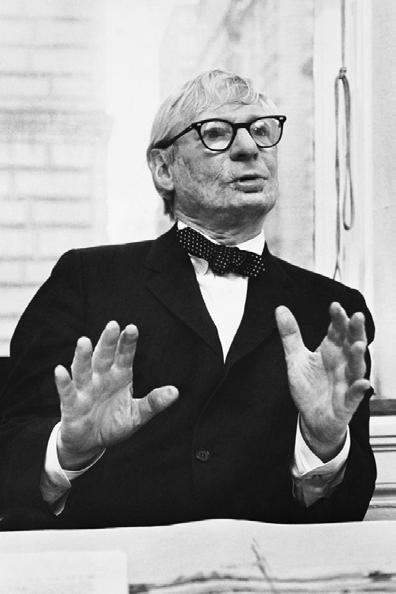
ASHISH MANI (20WU0401001015)
MOHAMMED ZAIN (20WU0401005)








































